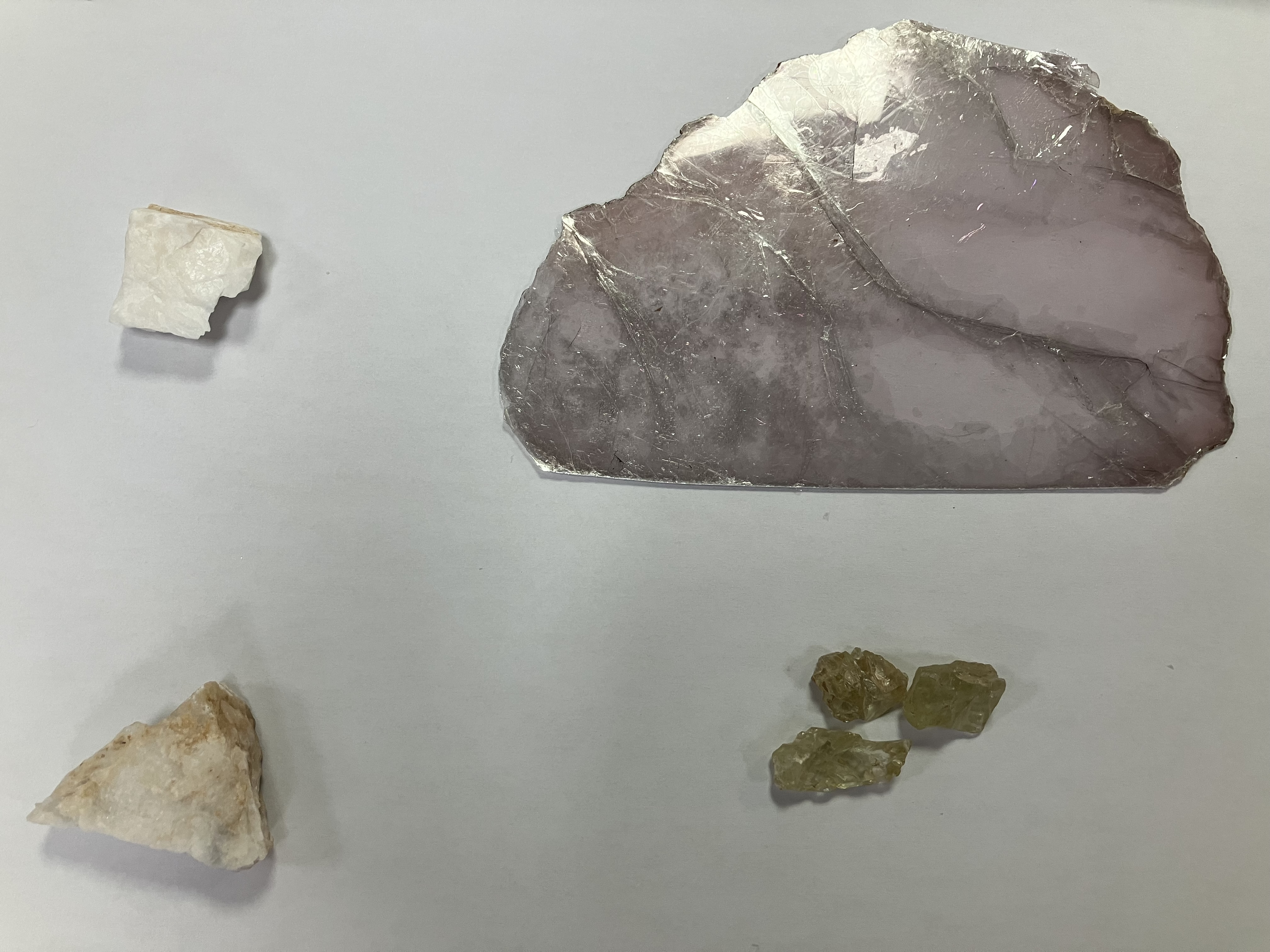In November 2023, the UK government published its 'Battery Strategy', setting out measures to facilitate the growth of a domestic battery industry to support the electric vehicle and energy storage sectors. Demand for batteries, mainly lithium-ion, is hugely increasing throughout the world with the move to electric devices. The strategy outlines that the UK wishes to reduce their reliance on China and wider East Asia, which dominate production today.
In June 2023, it was revealed that the UK will gain its first lithium mine in Cornwall that could supply much of the country's need for the crucial electric car battery mineral. Then in July, leading car manufacturer Land Rover announced plans to open a lithium-ion battery plant in Somerset, UK.
Matilda is a PhD student in chemistry at the University of Edinburgh who has a partnership with ISIS's Muon Group as part of our Facility Development Studentship program. She is working on lithium ore materials, starting by synthesising them at the laboratory in Edinburgh and has now moved to ISIS to characterise them using negative muons.
The technique that Matilda uses is muonic XES or X-ray emission spectroscopy, where she tries to characterise more complex lithium materials as this technique is non destructive and depth dependent. Using our instrument MuX, by implanting muons deep within the materials, Matilda is able to observe the different elements within and where the lithium itself resides within the samples, including jadarite and spodumene. The University of Edinburgh also works with the Natural History Museum who provided the samples for Matilda to test and she was able to see the huge research complex behind the museum.
"I 'm starting small with pure synthetic phases that I've made", explained Matilda. “Then hopefully I can develop that into more complex natural samples. My research is a combination of chemistry, materials and physics! The fun part is the geology side as I have to crush the samples up with a hammer and there are so many layers."
'm starting small with pure synthetic phases that I've made", explained Matilda. “Then hopefully I can develop that into more complex natural samples. My research is a combination of chemistry, materials and physics! The fun part is the geology side as I have to crush the samples up with a hammer and there are so many layers."
Lithium-ion batteries are rechargeable and have a long shelf life. Current lithium resources include hard rock ores and brines, the latter which are deep hydrated lakes, but the extraction of lithium is a very long process that can take years. The sun essentially dries the lake and then the lithium is extracted from the salt of this large resource. Hard rock ores are running out and the search for new lithium-ion resources continues but many are not economically viable.
"The extraction from some of these sources would take too much energy, or heat, or nasty acids are involved, so part of my research also looks at the viability of mining such resources", says Matilda. “The muon facility at ISIS helps me understand the structure of lithium minerals and the distribution of lithium within them which will hopefully lead to better extraction techniques. I was interested on working in this area because it has an application that works towards a net-zero future."
